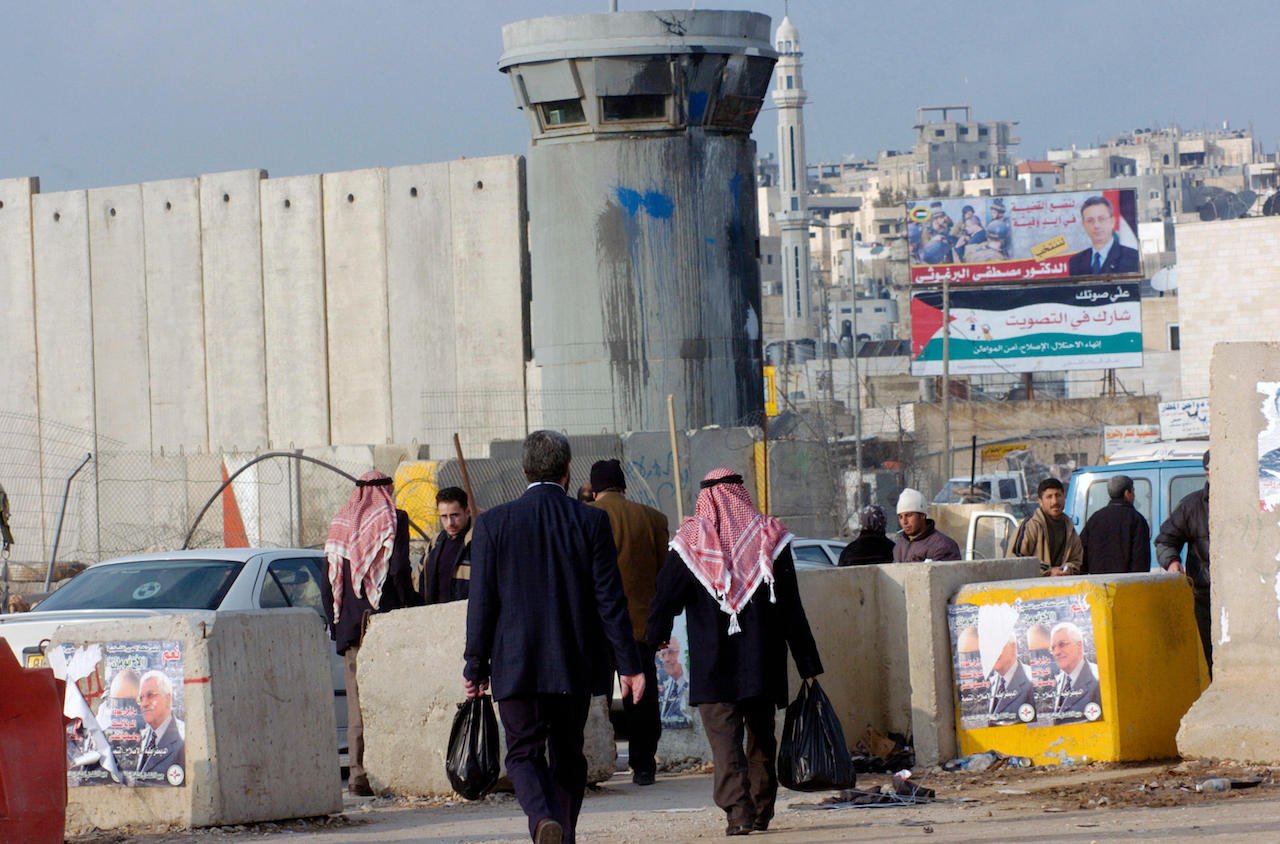Before 1948, Jerusalem was the urban center of historic Palestine and had long functioned as its capital. From 1948 until 1967, the city was divided: West Jerusalem was seized by Israel and absorbed into its new state in 1948; East Jerusalem was under Jordanian control and remained the center of the wider West Bank with deep connections to Amman, the capital of Jordan. East Jerusalem was the haven for tens of thousands of Palestinians from the area that became West Jerusalem, who were forced out or fled to temporary safety, only to find that Israel banned them from returning (see The West Side Story, Part 4: The Erasure of the New City and Its Transformation into Jewish West Jerusalem).
In 1967, Israel occupied East Jerusalem. Within days, there was unanimous agreement among Israeli officials to expand the boundaries, but what status to grant the residents took longer to decide. A hasty flawed census taken in the days following the war found that 67,995 Palestinians lived in the newly occupied areas.1 In the days that followed, Israel unilaterally extended the city boundaries, expanding the city area from 6 sq km to 71 sq km and unilaterally enfolding 28 Palestinian neighborhoods, refugee camps, and villages into the city and extending Israeli law, jurisdiction, and administration over the newly enlarged area, meaning that by Israeli decree, occupied East Jerusalem would be under Israeli civil law, unlike the remainder of the West Bank, which came under military rule (see What Is Jerusalem?).2 The military occupation and all subsequent unilateral decisions are considered illegal under international law.3
On June 21, the decision was made to confer permanent-residency status on the Palestinians living within the newly expanded municipal boundaries.4 According to Moshe Amirav, an Israeli political scientist who served in various capacities in the Jerusalem municipality, “the designation chosen for this community was ‘non-citizen Arab residents.’”5 The option to apply for citizenship would be left open, but “only to one who requests it,” as Menahem Begin clarified during the cabinet meetings. As Amirav notes, “Begin, of course, [to] understood that, given the choice, the Arabs would not opt for Israeli citizenship, which is exactly why he made his proposal.”6 Critically, under Israeli law as we shall see, unlike citizens, permanent residents cannot vote in national elections.








